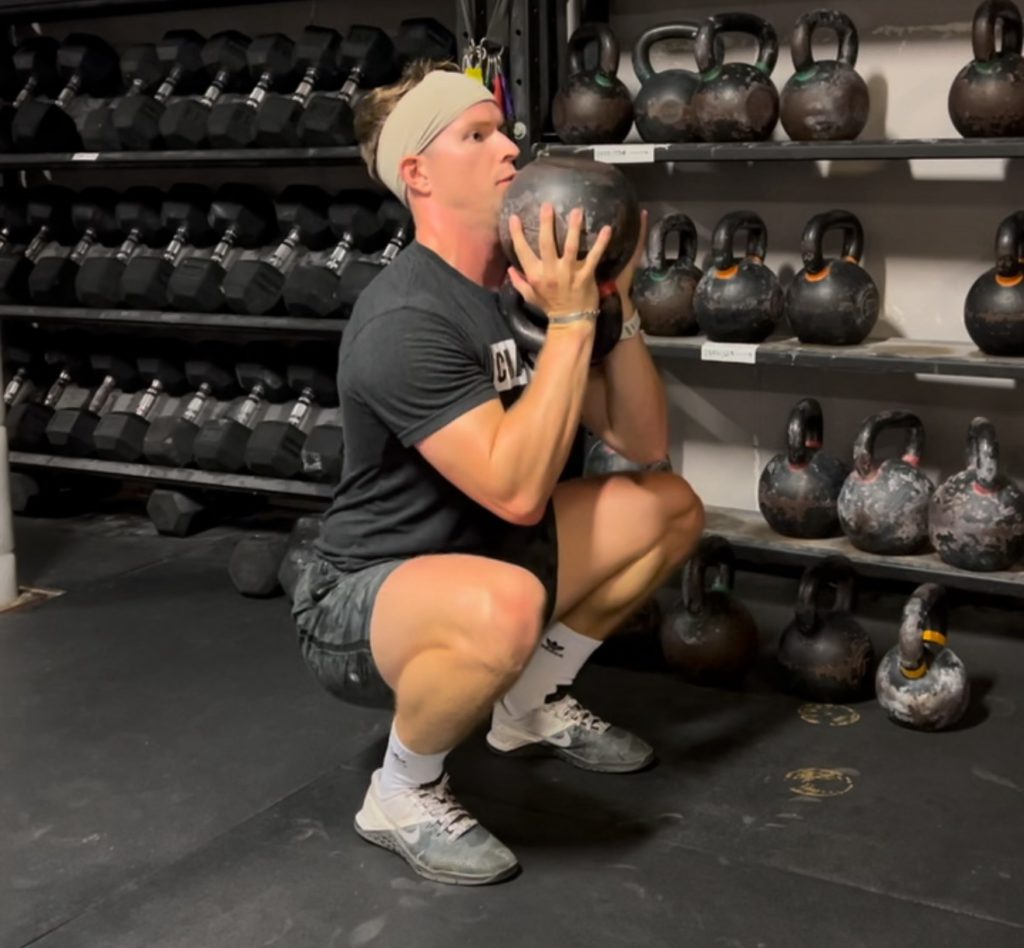
In the world of fitness, it’s easy to get caught up in current buzz: heavy lifts, HIIT sessions, or cardio-focused routines. But if your goal is long-term health, injury prevention, and all-around fitness/athleticism, you need a well-rounded strength and conditioning program. One that incorporates all the essential movement patterns we use in daily life and sport.
Functional strength training isn’t just a buzzword — it’s the foundation of a body that works with you, not against you. Here’s why these seven key movement patterns matter and how you can integrate them into your routine.
The 7 Essential Movement Patterns
1. Squat:
Squats build lower body strength, stability, and mobility. Whether you’re picking up your groceries, sitting down, or exploding off the line in a sport, squatting is fundamental.
2. Lunge:
Life mostly happens on one leg. Lunges improve single-leg strength, balance, and coordination. They mimic real-life movements, like walking up stairs or navigating uneven terrain, making them crucial for overall stability.
3. Hinge:
Hip hinges, like deadlifts or RDLs, target the posterior chain — glutes, hamstrings, and lower back. These muscles are essential for lifting safely, running, and even standing with proper posture.
4. Push:
Pushing movements, such as push-ups or overhead presses, develop upper body strength and stability. Strong pushing muscles protect your shoulders and allow you to lift, carry, and support your bodyweight effectively.
5. Pull:
Pulling exercises, like rows and pull-ups, strengthen your back, improve posture, and balance out pushing movements. They help prevent shoulder injuries and support functional tasks like pulling doors or carrying heavy bags.
6. Rotation:
Rotational strength is key for athletic performance (think: swinging a golf club or throwing a ball) and for everyday tasks like reaching or twisting. Training rotation improves core function and spinal health.
7. Anti-Rotation/Bracing:
This involves resisting unwanted movement, which strengthens the core and protects the spine. Exercises like planks or dead bugs build a rock-solid foundation for all movement patterns.
A Simple, Balanced Workout to Get Started
This beginner-friendly workout covers all seven movement patterns and gives you a taste of what balanced strength training looks like. Perform 3 rounds with 60 seconds rest between rounds.
1. Squat: Bodyweight/Goblet Squats – 12 reps
2. Lunge: Walking Lunges – 10 reps per leg
3. Hinge: Glute Bridges – 15 reps
4. Push: Push-Ups (modify on knees if needed) – 10-15 reps
5. Pull: Bent-Over Dumbbell Rows – 12 reps per arm
6. Rotation: Seated Twists (bodyweight or holding a light weight) – 20 total reps
7. Anti-Rotation/Bracing: Plank Hold – 45 seconds
Remember to perform all movements with control and focus on form.
Ready to Take it Further?
This workout is just a start. A truly effective strength and conditioning program takes into account your goals (short, medium, and long-term), fitness level, and any limitations you might have. To build a program that keeps you strong, mobile, and injury-free, hiring a professional coach is key.
I design comprehensive programs that unlock my client’s full potential. Whether you’re a beginner or an advanced athlete, the right plan will set you up for success.
Contact me today to get started on your fitness journey and train smarter, not just harder. 🧱